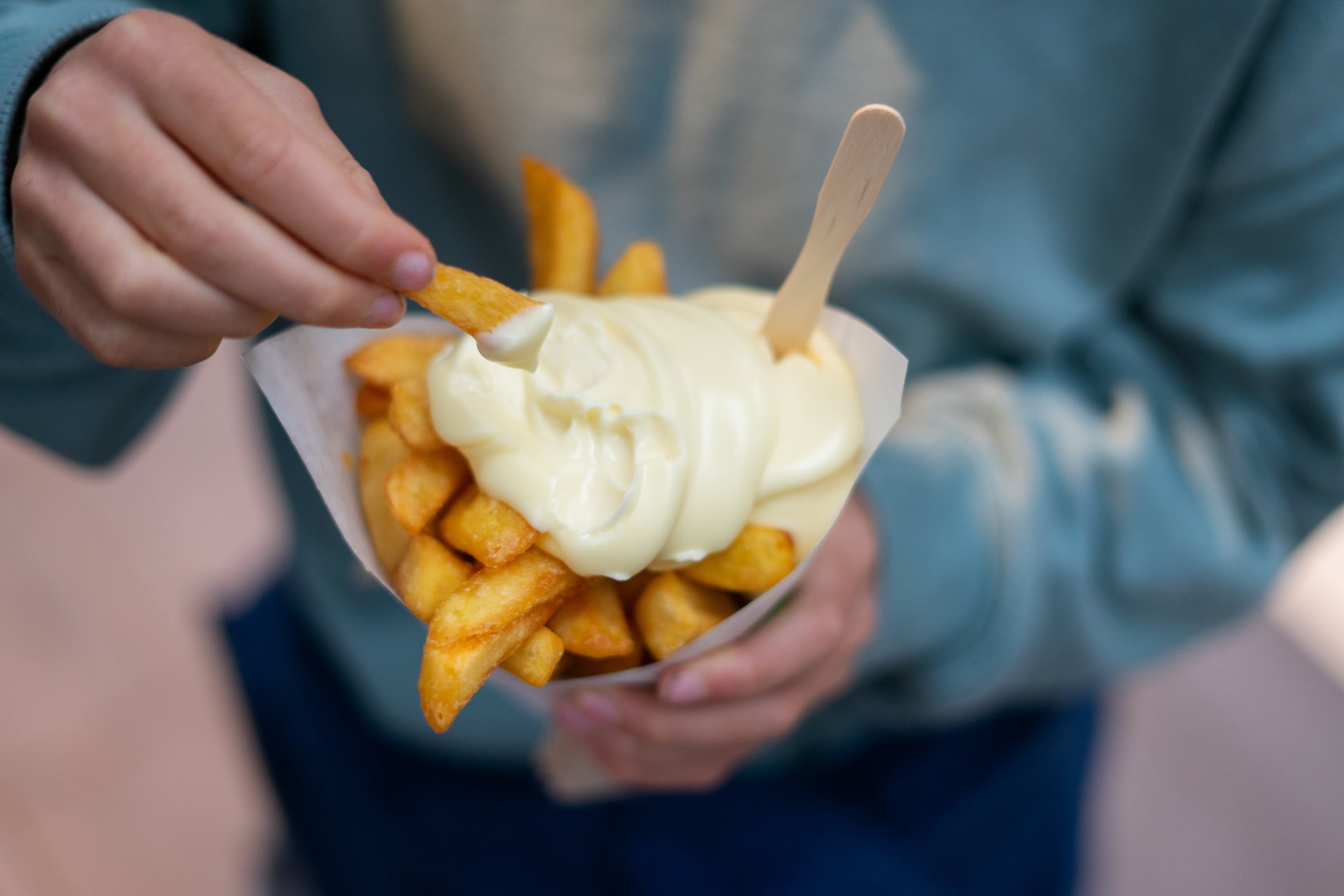
Unilever: 4 key focus areas for strategy
Unilever strategy: A summaryUnilever wants to centre its business around the US and India, with all M&A activity taking place in these marketsIt aims to reduce the number of brands in lower performing markets Performance of top 200 leaders will be assessed, to tackle performance culture, with the aim to replace 25%Unilever is embracing influencer marketing, focusing on “what others say” about its productsFood is less significant a focus than wellbeing, beauty, and personal careThings are changing fast at Unilever. The year began with a new CEO, Fernando Fernandez, stepping up after the departure of Hein Schumacher. It will, if all goes to plan, end with the finalisation of the spin-off of its ice cream business, which was first announced last year.
But these are not the only important things happening within the CPG giant.
During a recent sit down with Barclays’ CEO Warren Ackerman at the bank’s Consumer Staples Conference, Fernandez outlined the strategic priorities of the British multinational.
1. Refocus in brands and geographies Unilever is centring its focus on core regions, and core brands.
In the company’s 165 smallest markets, only eight of its 30 power brands will be supported, including only one in food. This aligns with the CPG major’s shift away from local brands.
Rather than being a “federation of local and regional brands”, Fernandez wants Unilever to be a company focusing on brands with global reach. Local and regional brands in these markets will not receive any focus at all.
In terms of geographies, the focus is squarely on India and the US, which will be the company’s “centres of gravity” in the future.
“Not a single penny” in M&A will be spent outside of these two countries, Fernandez stresses.
2. Emphasis on performance Unilever has a performance problem, Fernandez believes. While there are “pockets of excellence” in the business (his own Argentina, he says, is one), there are also “pockets of mediocrity”. Unilever, he says, has an “inconsistent performance culture”.
He hopes to change this, and instill an “ultra competitive winning culture” in the company.
To achieve this, the company is assessing its top 200 leaders to find out whether they are “good enough” for the company, and expects to refresh around 25% of the senior team.
To find new leaders, Unilever will recruit externally, fast tracking emerging talent.
3. Marketing based on influencers Before the digital and social media age swept the globe, brands would have more control over their narrative, Fernandez explains. A television ad would be enough to get across a brand’s message to its audience.
In the age of TikTok and Instagram, things are more freewheeling. “You have to live with a bit more risk”, Fernando explains. But Unilever is up to this challenge.
It aims to focus on brands that are “said by others”, meaning brands promoted by influencers rather than Unilever itself. Furthermore, it wants to focus on “young spirited brands that remain contemporary”, using influencer marketing to help give brands relevance.
The company aims for one influencer for every zip code in India. It is well on the way to this goal, Fernandez explains, with 12,000 for India’s 15,000 zip codes.
4. Decreased focus on food In a February chat with Ackerman, Fernandez stressed that Unilever was still committed to food, despite several sales of key brands and the ice cream spinoff.
This has not changed – the business has made no suggestion it plans to get out of food. However, the focus is shifting away from food brands in terms of which categories Unilever wants to grow.
Fernandez is prioritising “more beauty, more wellbeing, more personal care”. He does not, however, suggest that the company would prioritise “more food”.
In 2016, foods and refreshment consisted of 43% of the business’s turnover. In 2026, food is expected to be just 25%.
Fernandez even admits that it was unlikely that food could see volume growth at the same rate as beauty and personal care, although still sees potential for strong growth.











